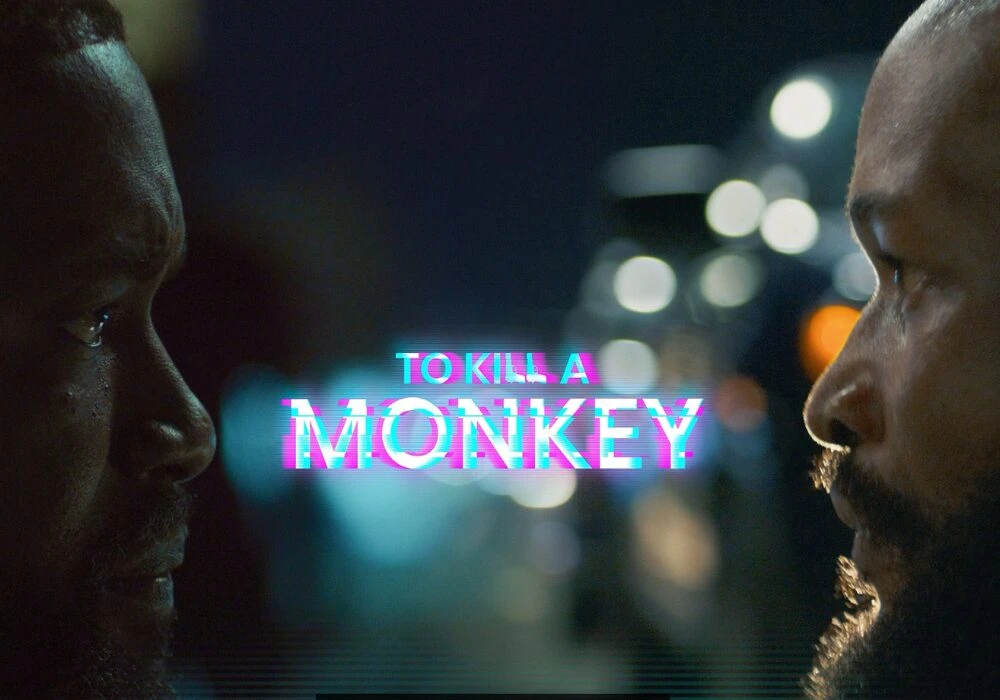 Olugbemi. Adeyinka Ogunleye
4 months ago
Olugbemi. Adeyinka Ogunleye
4 months ago
Overview
Kehinde Ajose: A Brand’s Survival Guide in Kemi Adetiba’s To Kill A Monkey
As a business visibility strategist, I analyse how brands are built and how they crumble. While many look to corporate case studies, the most potent lessons often lie in powerful storytelling.
Kemi Adetiba’s eight-part thriller, To Kill A Monkey, is far more than a series that has dominated conversations on social media; it is a raw, unflinching masterclass in the strategic failures that lead to ruin. The series serves as a collection of interconnected case studies on the brutal consequences of visibility sought for the wrong reasons and managed with the wrong tactics.
For any entrepreneur, executive, or public figure, the series offers critical insights into reputation management, crisis communication and brand integrity. We see this through its core character archetypes: Efemini, the Desperate tech bro with a brilliant product but no leverage; Oboz, the Hype-Driven Disruptor who prioritises clout over credibility; and Teacher, the Entrenched Tyrant, a legacy power broker whose brutal methods are becoming obsolete.
The Strategy of Desperation and the Poison of ‘Bad Revenue’
The entire tragedy begins with a single, corrosive force: desperation. Efemini’s arc is the quintessential story of a talented tech bro on the brink of failure. His programming skills are his “product,” but his lack of capital makes him vulnerable. His plea is a universal cry from the abyss of financial pressure: “Boss… You see my life right now? Equal to nothing. You won’t understand the kind of financial pressure I’m under.”
The ultimate surrender of leverage follows this: “I beg you in the name of God. Hook me up. Show me the way. Please. Please.”



